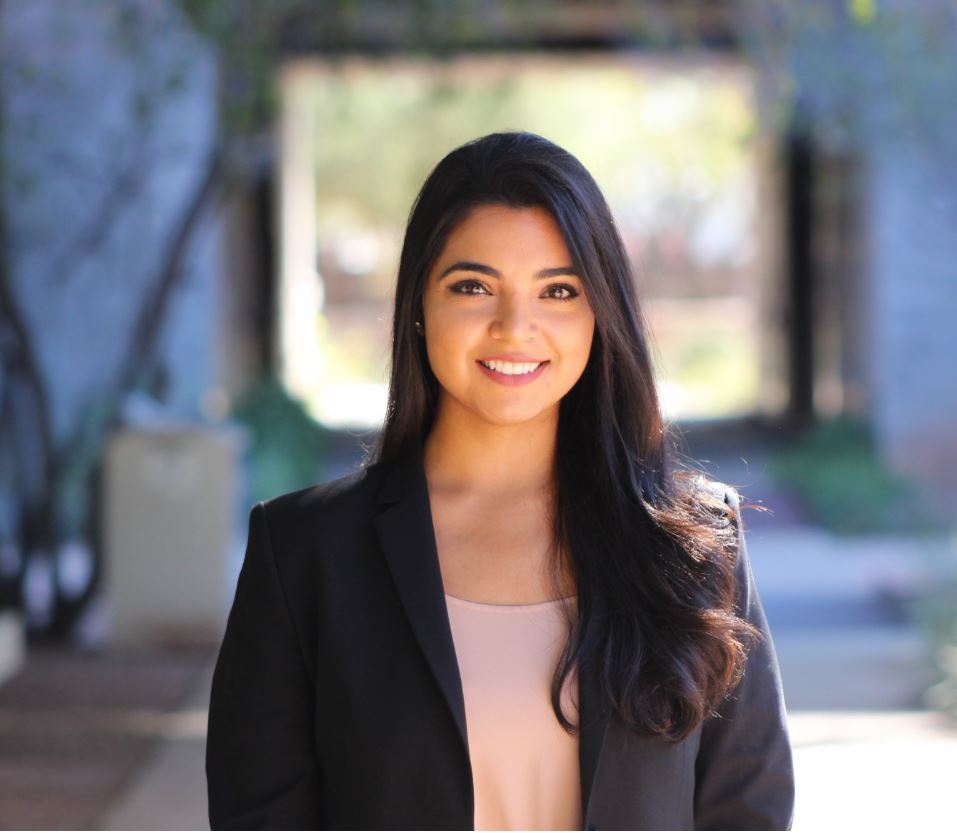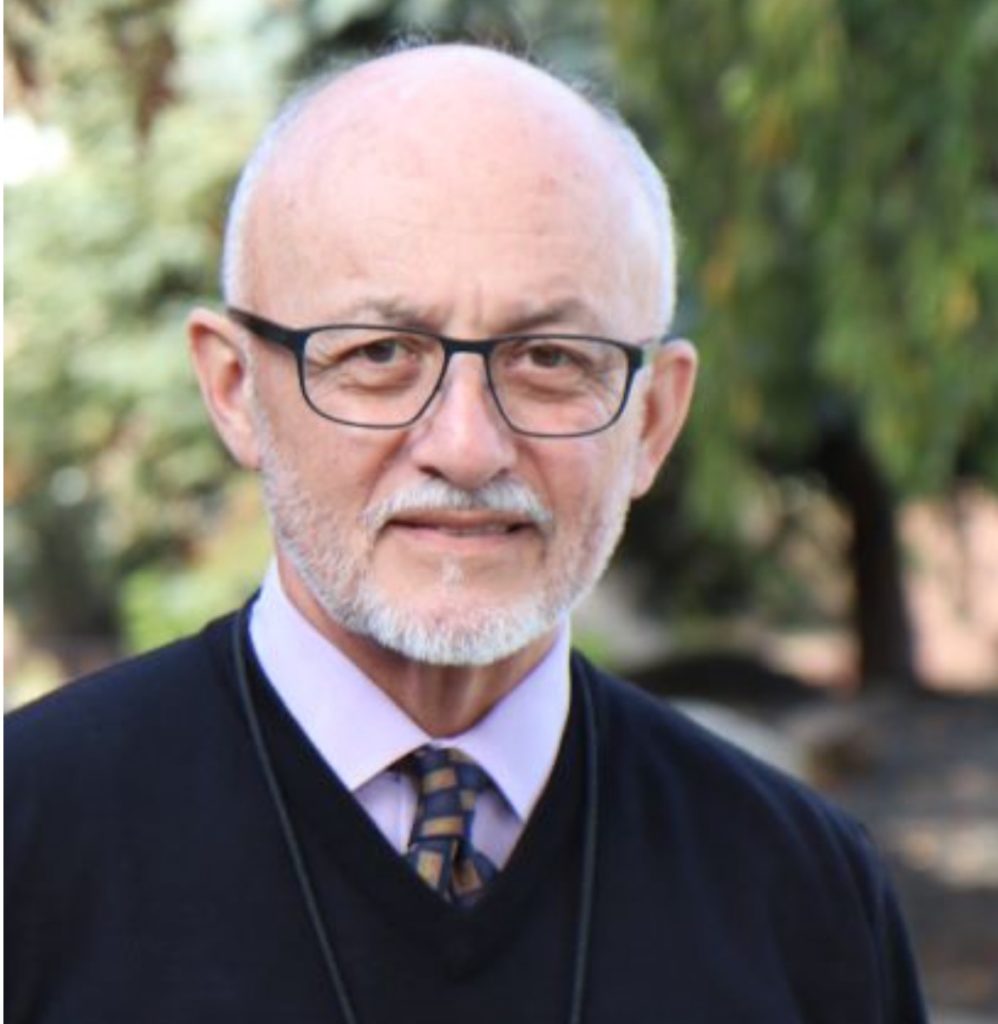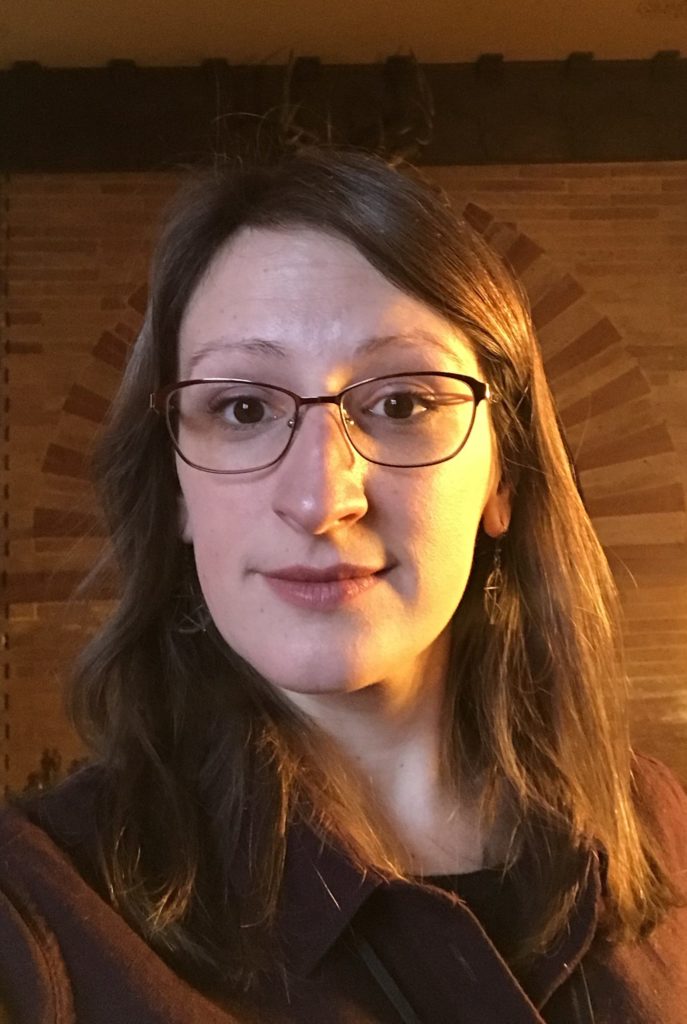Time: 4:00-4:50 p.m.
Documenting Dreams at Eastern Washington University (For Faculty & Staff)
Presenter: Elena Calderon Sandoval
Room: PUB 319 (40 minutes and 10 minutes for Q&A)
This presentation explores legislative policies that provide access to higher education to undocumented students through the lens of sociocultural communication theory. Sociocultural communication theory is fundamental when trying to gain an understanding of the construction of identity for undocumented students as a result of their interactions with policies and higher education institutions. Pertinent legislation includes House Bill 1079, which allows for undocumented students in the state of Washington to pay in-state tuition, Deferred Action for Childhood Arrivals, which allows for undocumented students who meet certain requirements to apply for a two-year work permit in the United States, and the Washington State Real Hope Act that provides financial aid for undocumented students in Washington. However, with increased college access resulting from this legislation, the question remains as to whether or not a college education is an attainable goal for undocumented students. The purpose of this study is to determine what factors continue to prevent youth from succeeding in higher education institutes in Washington State. The methodology utilized for this research includes the snowball sampling technique with Institutional Review Board approval. A total of 10 one-on-one interviews with undocumented students at Eastern Washington University were conducted and individually analyzed for meta-themes about their experiences, events, and feelings in higher education. Drawing on data from these interviews as well as peer-reviewed scholarly sources, recommendations are provided on what can be done to help undocumented youth succeed in higher education.
After this session, participants will be able to:
- Learn about the experiences that undocumented students had while attending Eastern Washington University and their recommendations for increasing retention among this community.
- Gain insight into policies and legislation that has made it possible for undocumented students to seek higher education.

The process of becoming a Hispanic Serving Institution (For Administrators, Faculty and Staff)
Presenter: Tomas Ybarra, Vice President of Instruction and Student Services Program, Yakima Valle College
Room: PUB 317 (40 minutes and 10 minutes for Q&A)
The term, Hispanic Serving Institution, does not merely refer to an institution that enrolls individuals of Latino/a ancestry. To become a HSI, a college or university would do well to consider this as a process and not a destination. Think of this as a process of transformation in the academic culture of the institution. Yakima Valley College has engaged in this process for nearly two decades. During this time, the pace of change has slowly increased, along with an understanding of the purpose of change and how we understand and measure that change. This presentation will explore these dimensions of change in a comprehensive community college serving a rural community with rapidly increasing diversity and persistent low levels of educational attainment.
After this session, participants will be able to:
- Distinguish between Hispanic-enrolling and Hispanic-serving institutions.
- Identify the potential benefits of becoming a Hispanic-serving institution.
- Identify challenges to be addressed at their own institution, on the way to becoming a Hispanic-serving institution.

The Invisible Arms: A Case Study of Braceros in Yakima Valley, WA During World War II. (For Students)
Presenter: Elizabeth Shaw, MA, Graduate Student Candidate, Eastern Washington University
Room: PUB 323 (Panel Presentation, Moderated by Dr. Nydia Marinez, 20 minutes and 10 minutes for Q&A)
The term bracero comes from the word brazo, translated as arm. This word, used to describe only one part of a human body, became a term used for Mexican agricultural workers as part of the Bracero Program. The Bracero Program was a series of agreements between the US and Mexico beginning in 1942 and lasting until 1964. President Roosevelt and Mexican President Avila Camacho signed the Bracero Agreement on July 23, 1942. Of the total 220,640 braceros who came to the United States, 22% were contracted to the Pacific Northwest. For braceros in Yakima Valley, Washington the distance from the border meant an increase in invisibility. The lack of enforcement in provisions of the Bracero Agreement, the forceful diminishing of their value on the part of locals in Yakima Valley, and the narratives created in the local papers all contributed to a denial of the braceros’ existence. Erasmo Gamboa and Mario Jimenez Sifuentez have both written about braceros in the Pacific Northwest, however, their research covers less the implications of braceros in small white rural communities and more a broader analysis of the program and Mexican labor in the Pacific Northwest. This research focused on Yakima Valley to provide an example of the length to which the braceros were rendered invisible. This research utilized the Yakima Valley Museum Archives, the Yakima Valley Regional Library, and the Washington State University Digital Archives.
After this session, participants will be able to:
- Diversifying the curriculum

Multicultural Social Studies Curriculum: Incorporating Latin American Peoples into U.S. History
Presenter: Chelsie Price, M.A. History (In Progress) Eastern Washington University
Room: PAT 326 (20 minutes and 10 minutes for Q&A)
Federal and Washington State standards for social studies education do not require the implementation or incorporation of Latin American’s history into U.S. history. This lack of requirement has ultimately allowed for the perpetuation of a social studies curriculum that focuses on Anglo prosperity and domination of North America while erasing Latin America and its communities from the historical narrative.
This research employs case studies from Washington State standards for social studies education. By isolating key events in U.S. history and understanding how and what is taught about these events, a concise limitation to the standard for social studies education becomes clear. One case study this research utilizes is that of the U.S. Civil War. While standard curriculum requires the mention and teachings of roles played by Abraham Lincoln, Robert E. Lee, Jefferson Davis, and Stonewall Jackson, the curriculum does not require the mention of the Mexican-Americans whom served in the Civil War, nor the ways that the geographical proximity of Cuba, Mexico, and Central America shaped Confederate strategies; or the effects on the institution of slavery in the region.
This research is part of a larger project which seeks the creation of a multicultural social studies curriculum by incorporating minorities and people of color into the narrative of U.S. history. The aim is to also demonstrate the need to revitalize the social studies curriculum and create one that is reflective of the student body population, for student success.

